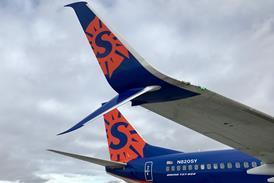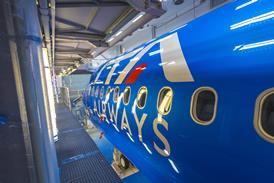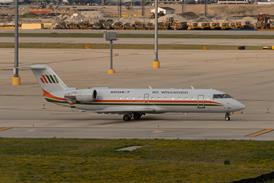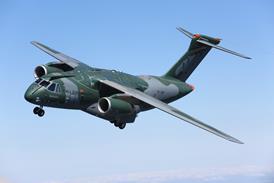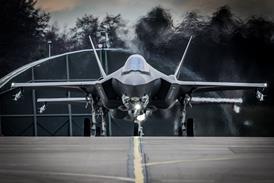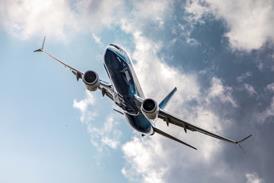The United Airlines experiment in employee ownership ended much as it began nine years ago, in a desperate bid to save the failing carrier.
The Employee Stock Ownership Plan (ESOP) ceased to exist in March when a bank trustee sold enough of United shares to cause the workers' stake to fall below 20%, triggering a change in the governance structure. But United's unions hardly protested - their shares in the bankrupt carrier were already worth a fraction of the original value when issued in 1994 as part of a restructuring aimed at preventing a sale or break-up.
Although largely symbolic in action, the end of the ESOP removes the veto power of unions over executive appointments and mergers, power they used to block the chosen successor on the retirement of Gerry Greenwald, who oversaw the creation of the ESOP. The union's choice, Jim Goodwin, was at the helm during the failed US Airways acquisition that helped precipitate the crisis at United.
The unions were, in any case, preoccupied with negotiating pay cuts andwork-rule concessions before a self-imposed deadline for United to ask a bankruptcy judge to let it unilaterally reject its labour contracts.
So complex has the reorganisation become, and so difficult is the planning for a new low-fares unit proving, that United has asked its bankruptcy judge to extend to 6 October the time it has to come up with a reorganisation plan under exclusivity provisions of the bankruptcy law.
The airline disclosed that it had a net loss of $382 million in January, but officials said it had become cash-positive. Jim Higgins, Credit Suisse First Boston analyst, said he doubted that and remained "unconvinced that United's emergence from Chapter 11 is a given".
Union leader Randy Canale of the International Association of Machinists said: "This current crisis is certainly not a result of employee ownership." But Canale could not resist commenting: "Instead of capitalising on a historic opportunity, past management explored costly mergers and risky ventures instead of focusing on their core business."
Source: Airline Business

